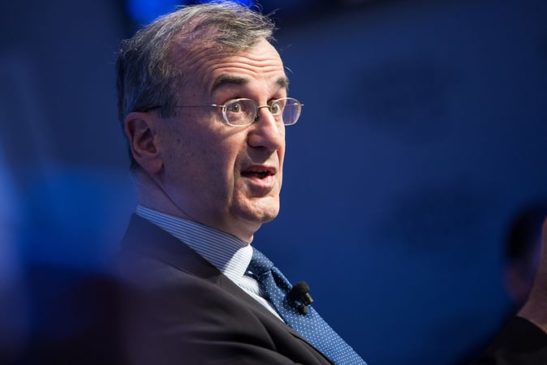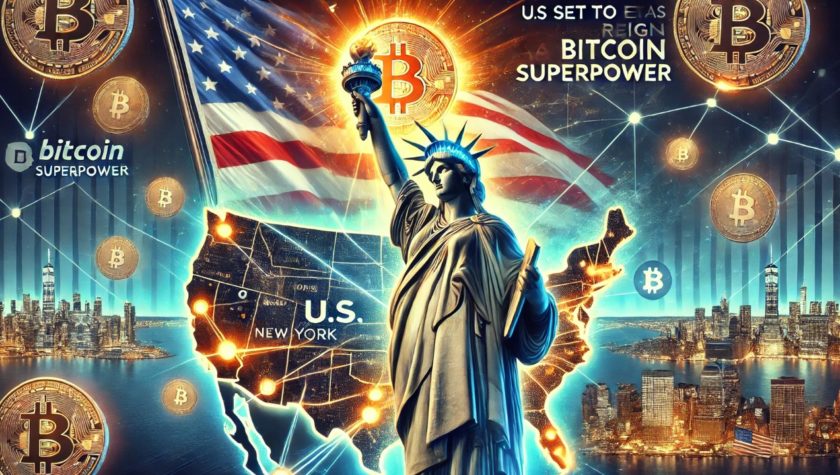Villeroy de Galhau touched on not only the e-euro but also the banking crisis and its consequences for the eurozone.
With the evolution ongoing in the fintech world, central banks including Banque de France are actively investigating the concept of Central Bank Digital Currencies (CBDCs) as viable replacements for traditional fiat currencies.
Accordingly, being at the forefront of these discussions has seen one of its prominent figures, François Villeroy de Galhau, the Governor of the Banque de France, taking a diplomatic approach in soft-selling the proposed Euro CBDC to commercial bankers. While speaking at this year’s Global Official Institutions Conference, Villeroy de Galhau emphasized that the CBDC would be a ‘solution in search of a problem’ and will not be a competitor to fiat currencies.
Recognizing the need to address potential doubt and resistance, he raised an intriguing question:
“As everything is becoming digital, why should central bank money be the only thing that remains on paper?”
With this rhetorical question, Villeroy de Galhau aimed to challenge the traditional mindset surrounding central bank money and highlight the need for innovation.
According to Galhau, the proposed e-euro, also known as ‘Cash+’, is envisioned as a digital banknote that combines the advantages of traditional cash with the capabilities of digital currency. If authorized by the European Central Bank Governing Council, Villeroy de Galhau said the digital euro will be phased in starting in 2027 or 2028.
France CBDC Functionalities
One of the key features of the e-euro highlighted by the central bank Governor is its commitment to ensuring privacy. Notably, this feature addresses concerns regarding privacy and offers a level of anonymity similar to physical cash transactions, making the e-euro an attractive option for those who value their financial privacy.
Additionally, Villeroy de Galhau highlighted that the basic functionalities of the e-euro will be free of charge for individuals. This approach aims to make the digital banknote accessible to all, ensuring that financial inclusion remains a priority. Also, the e-euro expands the scope of central bank money beyond traditional cash, allowing individuals to use it in e-commerce transactions.
Villeroy de Galhau noted that It is the responsibility of central banks to enable citizens to access and use the digital euro. However, he highlighted that the decision to utilize the digital euro will ultimately be a matter of individual freedom.
Furthermore, he emphasized that the digital euro is not intended to replace traditional currencies, but rather to complement existing payment options. The coexistence of different forms of money allows individuals to choose the most convenient and suitable means of payment for their specific needs and preferences.
Villeroy de Galhau Addresses Recent Banking Crisis
In his speech, Villeroy de Galhau covered not only the e-euro but also the banking crisis earlier in the year and its consequences for the eurozone.
He acknowledged that the eurozone banking system remained stable during the crisis, crediting European regulation and supervision for its resilience. Villeroy de Galhau highlighted the effectiveness of the regulatory framework in place, which played a crucial role in safeguarding the eurozone’s banking system.
However, he also pointed out that certain events, such as the acquisition of Credit Suisse Group (NYSE: CS) by UBS Group AG (SWX: UBSG), raised new questions regarding reliable crisis resolution. Specifically, he mentioned that the framework for the European Central Bank (ECB) to provide “Eurosystem resolution liquidity” was yet to be established.
Benjamin Godfrey is a blockchain enthusiast and journalists who relish writing about the real life applications of blockchain technology and innovations to drive general acceptance and worldwide integration of the emerging technology. His desires to educate people about cryptocurrencies inspires his contributions to renowned blockchain based media and sites. Benjamin Godfrey is a lover of sports and agriculture.



